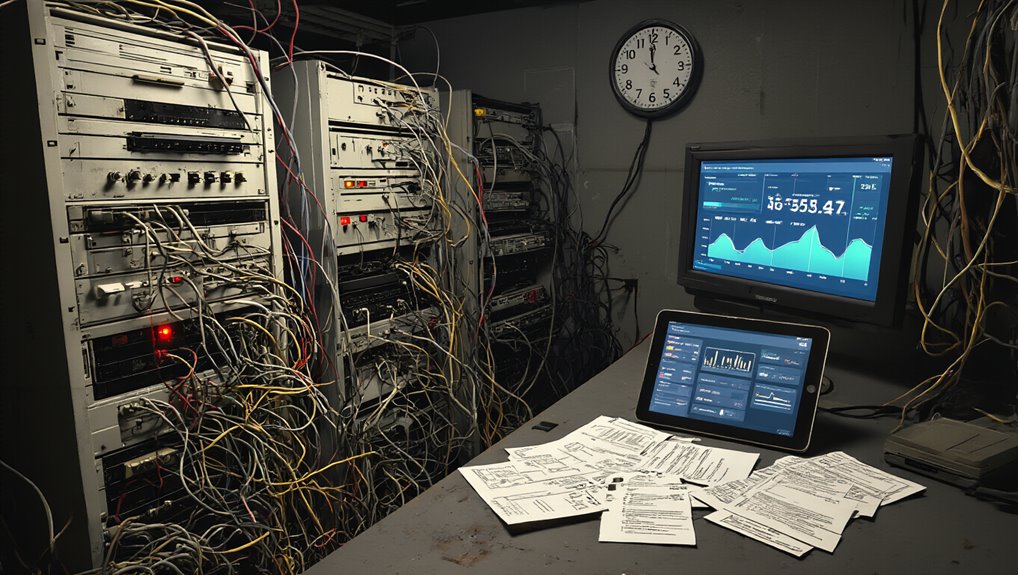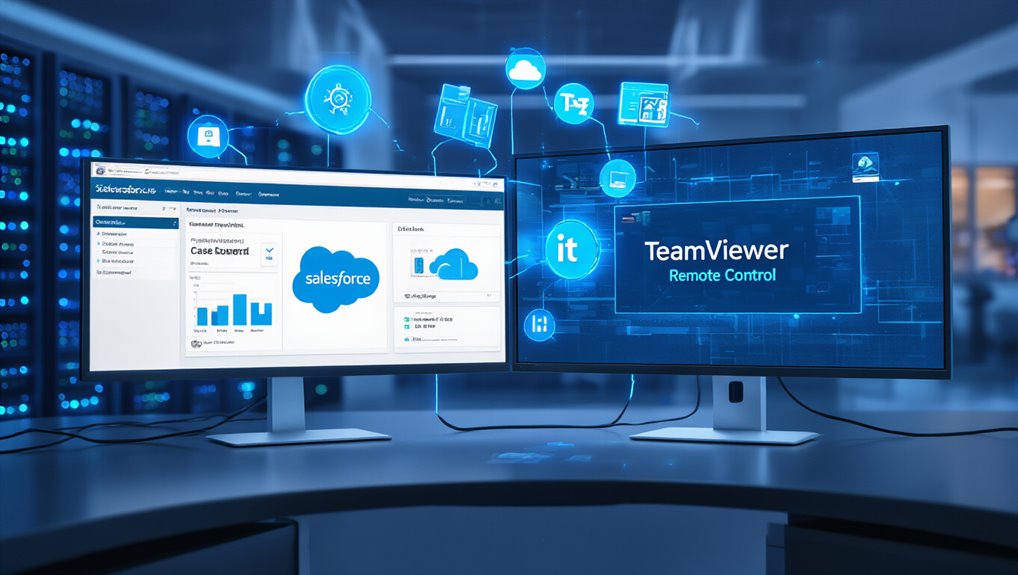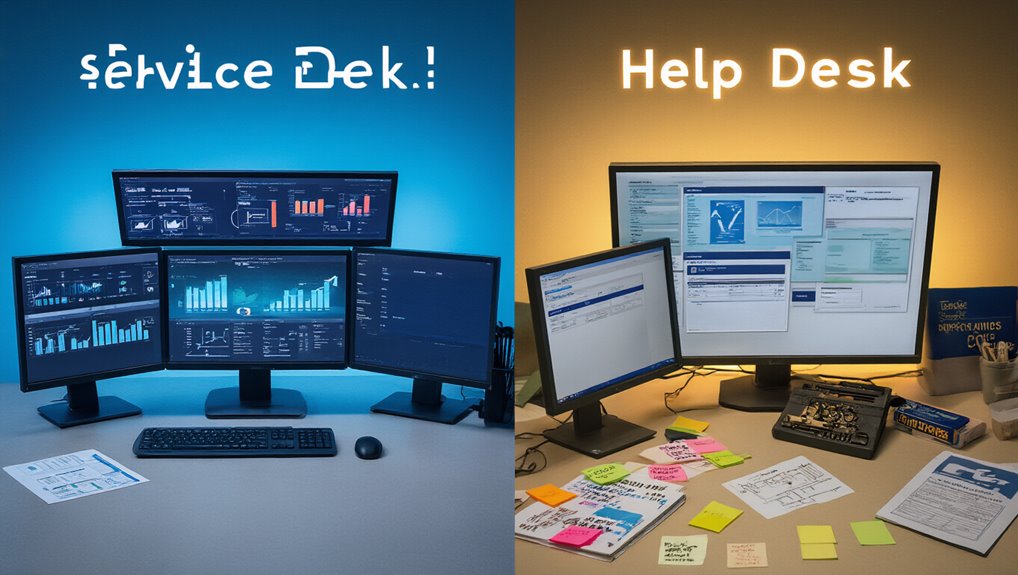While technology continues to evolve at a rapid pace, many organizations remain tethered to antiquated IT help desk systems that fail to meet modern business demands. These outdated systems struggle to manage increasing ticket volumes, with 56% of enterprises anticipating even higher demand in the coming year. Basic requests like password resets and connectivity issues overwhelm these systems, creating bottlenecks that extend resolution times and reduce workforce productivity.
The financial implications are substantial. U.S. companies lose approximately $75 billion annually due to poor customer service, often traced back to inefficient help desk operations. Customer loyalty is at stake, as 67% of customers willingly pay more for superior service experiences. Employee retention also suffers, with replacement costs for IT support agents averaging $10,000 per departure.
Outdated help desks aren’t just inefficient—they’re costing your business millions while eroding customer loyalty and driving away talent.
Modern automation remains severely underutilized in outdated help desk environments. Only 25% of call centers have effectively integrated AI technologies, despite evidence that nearly 70% of customer service interactions could be automated. Organizations missing this opportunity forfeit significant efficiency gains, including the 1.2 hours of daily productivity that AI-driven solutions typically add per agent. Implementing Virtual Customer Assistants could reduce inquiries by up to 70%, freeing valuable IT resources for more complex challenges.
Device and software issues compound these challenges. About 67% of employees report that technology problems directly impact their productivity. Outdated help desks handle software installation errors, system crashes, and hardware malfunctions inefficiently, extending employee downtime and delaying critical work processes. Research shows that 52% of U.S. respondents lose passwords monthly, further straining already overburdened IT support teams. A staggering 88% of call centers now utilize AI-powered solutions to improve customer experience, highlighting how far behind outdated IT systems have fallen.
Self-service options, which could alleviate many support burdens, remain underdeveloped in legacy systems. This forces routine inquiries through formal IT channels, consuming resources better allocated to complex technical challenges.
Forward-thinking businesses are rapidly adopting automated solutions, with over 80% planning to deploy chatbot technology by 2025.
Organizations must recognize that outdated help desks aren’t merely an IT inconvenience—they represent a significant business liability affecting customer satisfaction, employee productivity, and operational costs. Modernizing these systems isn’t optional in today’s digital-first business environment; it’s essential for maintaining competitive advantage and operational efficiency.









